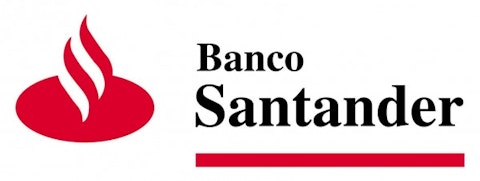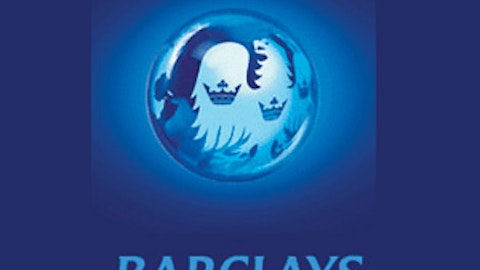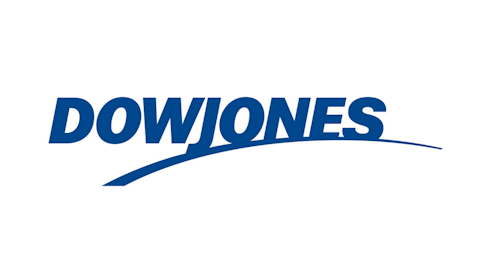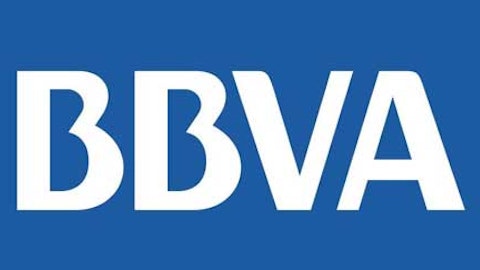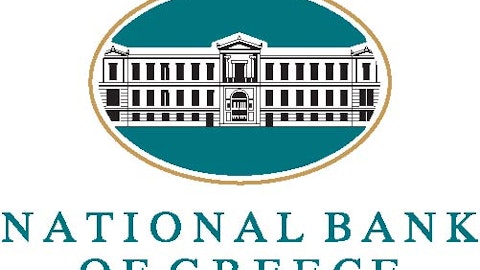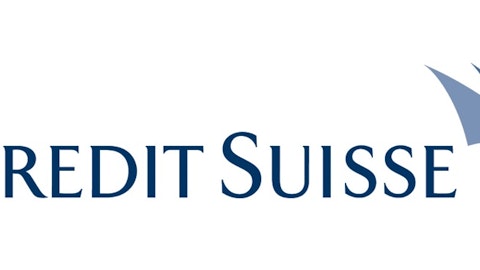LONDON — A popular way to dig out reasonably priced stocks with robust growth potential is through the “Growth At A Reasonable Price,” or GARP, strategy. This theory uses the price-to-earnings to growth (PEG) ratio to show how a share’s price weighs up in relation to its near-term growth prospects — a reading below 1 is generally considered decent value for money.
Today I am looking at Banco Santander, S.A. (ADR) (NYSE:SAN) to see how it measures up.
What are Banco Santander’s earnings expected to do?
| 2013 | 2014 | |
|---|---|---|
| EPS Growth | 113% | 23% |
| P/E Ratio | 10.7 | 8.7 |
| PEG Ratio | 0.1 | 0.4 |
Source: Digital Look.
Banco Santander, S.A. (ADR) (NYSE:SAN) is expected by City forecasters to post excellent earnings per share (EPS) growth in 2013, after the fallout of the 2008/2009 recession prompted many years of consecutive annual losses. And further solid EPS expansion is anticipated next year.
The bank’s exceptional earnings growth leaves it trading on a PEG ratio trenched in value territory for both this year and next. Moreover, Santander trades on a price-to-earnings (P/E) ratio just above the bargain benchmark of 10 for this year and below this for 2014 — a reading below 10 is generally considered good value.
Does Banco Santander provide decent value against its rivals?
| FTSE 100 | Banks | |
|---|---|---|
| Prospective P/E Ratio | 14.6 | 42.5 |
| Prospective PEG Ratio | 4.5 | 0.9 |
Source: Digital Look.
Banco Santander, S.A. (ADR) (NYSE:SAN) does not form part of the FTSE 100, although a comparison against other colossal listed stocks is a worthwhile exercise in my opinion. The bank not only comfortably outperforms this group in on both PEG and P/E ratio grounds, but also beats its fellow banking constituents on both counts.
Bank’s turnaround story picking up the pace
Banco Santander, S.A. (ADR) (NYSE:SAN) announced in April’s interims that net profit clocked in at €1.2 billion in January-March, a huge leap from €423 million in the last three months of 2012 and representing more than half of total profit registered in the whole of last year. Indeed, the company said that it expects profit in 2013 to be “significantly higher” than that of the prior 12-month period.
The company has been forced to store away capital in recent years to meet bad loan obligations as well as core capital strengthening requirements, and it is finally in a strong position to boost earnings growth.
Banco Santander, S.A. (ADR) (NYSE:SAN) has reduced its exposure to the annihilated economies of mainland Europe and now derives more than half of total profits from the lucrative regions of Latin America. The bank has seen moderating pace in these regions in recent months, but the long-term growth case for continental heavyweights including Brazil and Mexico remains compelling.
The Spanish bank does not come without risk, however, and could face severe difficulties should the eurozone debt crisis — particularly across the Mediterranean — flare up again. However, for hardier investors, Santander could bear huge rewards in coming years, and a projected dividend yield of 10.9% is hard to sniff at.
The article How Banco Santander Measures Up As a GARP Investment originally appeared on Fool.com and is written by Royston Wild.
Royston does not own shares in Banco Santander, S.A. (ADR) (NYSE:SAN).
Copyright © 1995 – 2013 The Motley Fool, LLC. All rights reserved. The Motley Fool has a disclosure policy.
